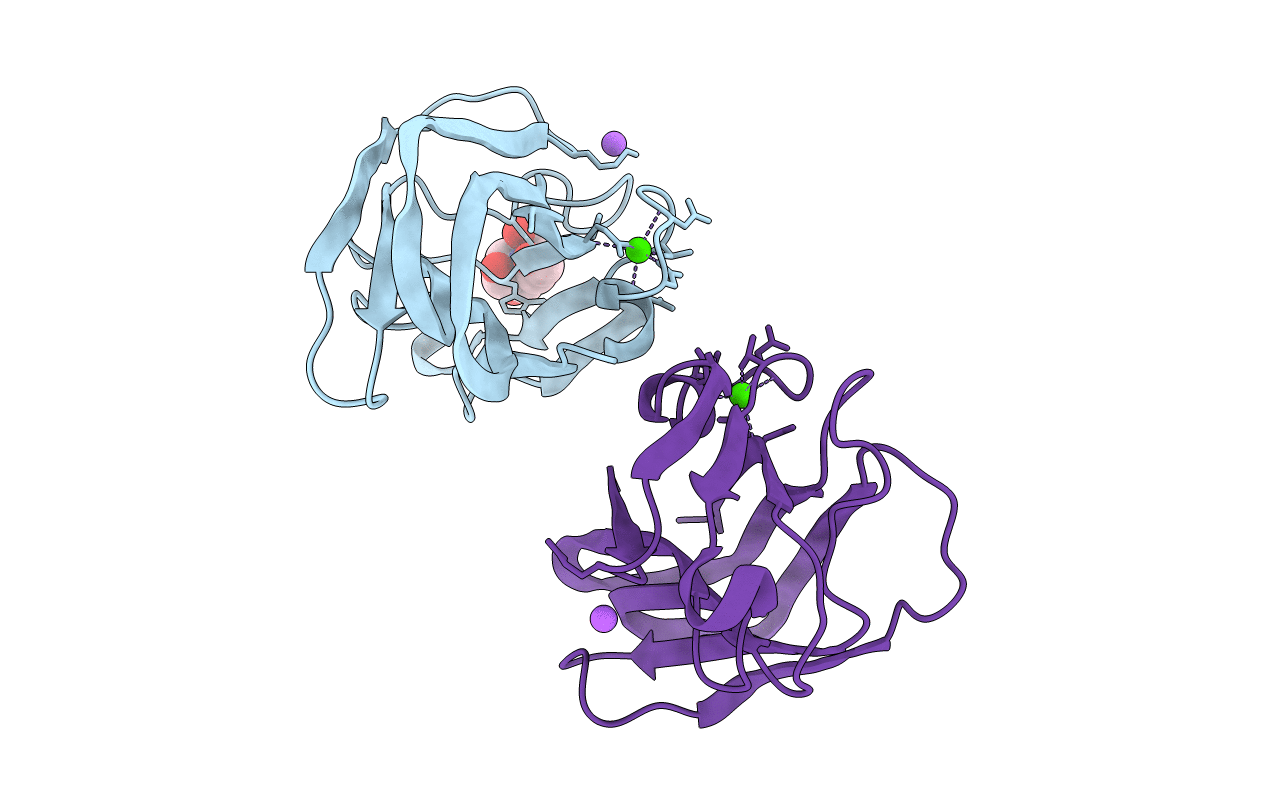
Deposition Date
2008-10-20
Release Date
2009-05-05
Last Version Date
2024-11-20
Entry Detail
PDB ID:
2W1S
Keywords:
Title:
Unique ligand binding specificity of a family 32 Carbohydrate-Binding Module from the Mu toxin produced by Clostridium perfringens
Biological Source:
Source Organism:
CLOSTRIDIUM PERFRINGENS (Taxon ID: 1502)
Host Organism:
Method Details:
Experimental Method:
Resolution:
1.45 Å
R-Value Free:
0.22
R-Value Work:
0.17
R-Value Observed:
0.17
Space Group:
P 21 21 21


